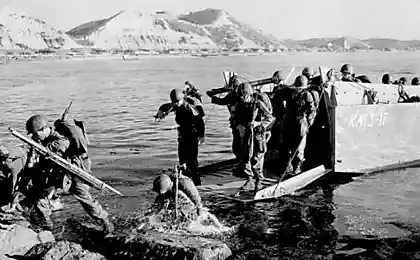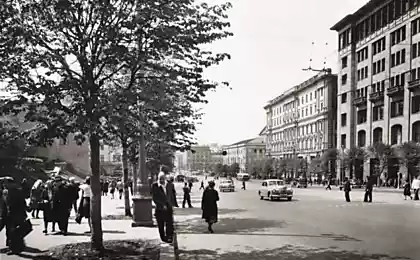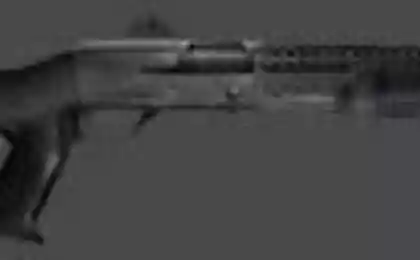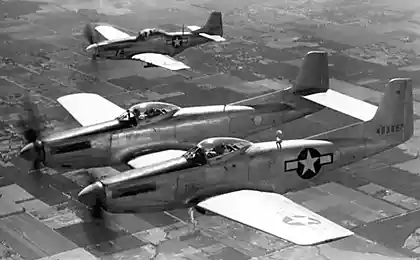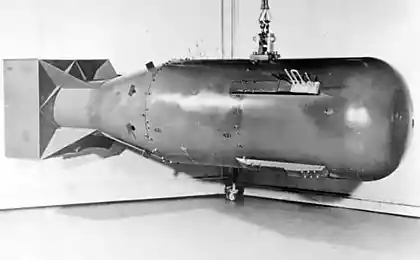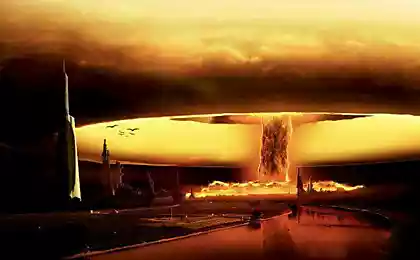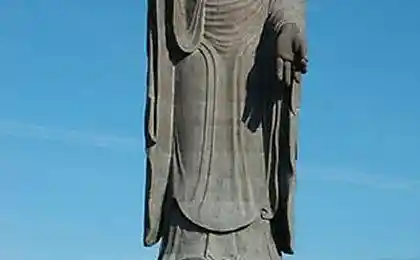1083
Japan 1950
As you know, after the Second World War in September 1945, Allied troops occupied Japan. The country has undergone disarmament, the empire was destroyed and eventually subjected to Western influence.
I suggest you to plunge into the atmosphere of the 50s of the last century in Japan. It took years to rebuild the country by thousands of air raids, including the atomic bombings of Hiroshima and Nagasaki.
Japanese maneuvers with American weapons and American tank near Tokyo, May 15, 1957.
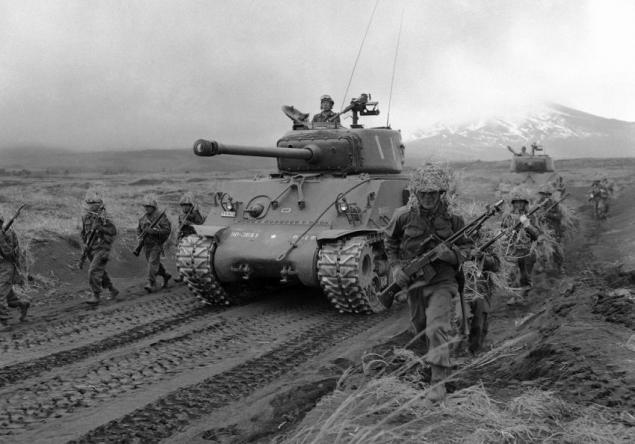
The name "hulahup" is derived from the name of the Hawaiian hula and the English word hoop. By the way, in the Soviet Union hulahup appeared in the early sixties, although at first it did not welcome here, calling the symbol of emptiness of American culture.
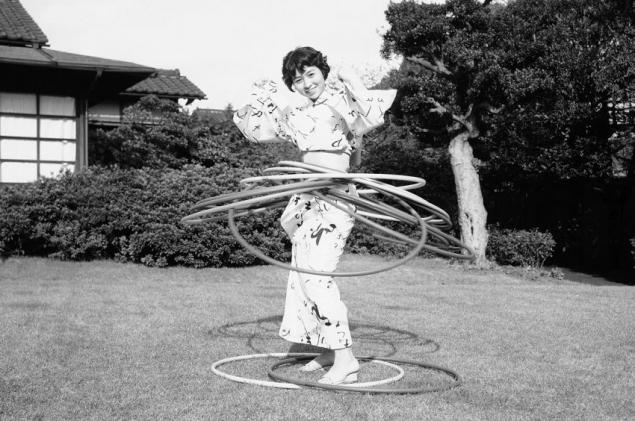
Former Japanese prisoners of war, are the remains of their friends who had died while in detention, April 26, 1950.

American bombers B-26 "Marauder" in Japan, September 20, 1950.
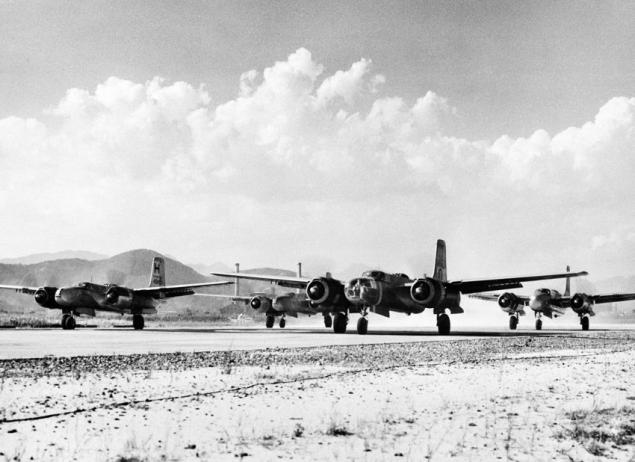
Factory for the cultivation of pearls, Ise Peninsula, October 12, 1949.
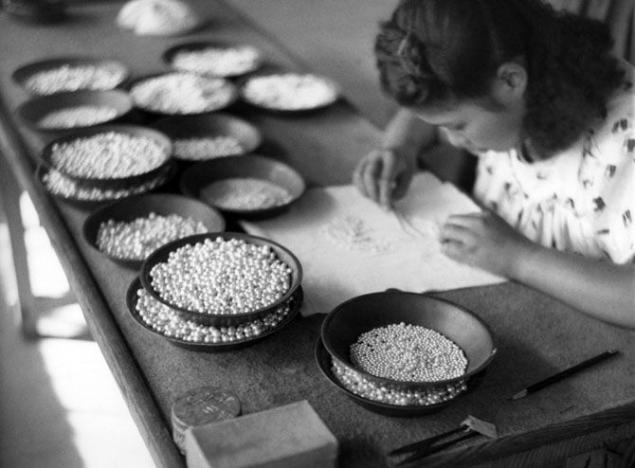
Tokyo department store and fashion models advertise bathing suits, June 5, 1950.
The influence of the United States: a show a baseball game in Japan on October 20, 1951.
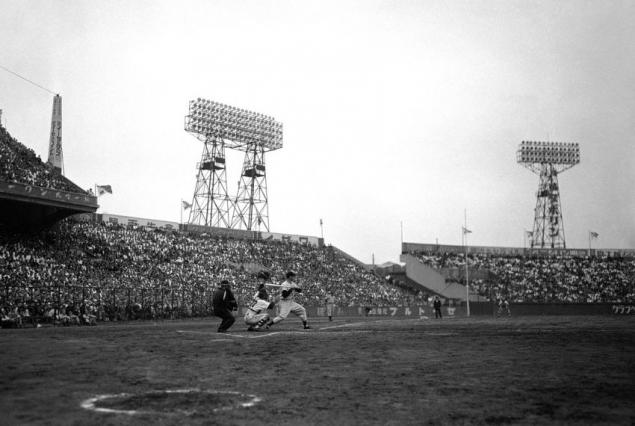
Souvenir shop in Hiroshima, August 3, 1951. Six years ago this place exploded an atomic bomb dropped by the Americans.
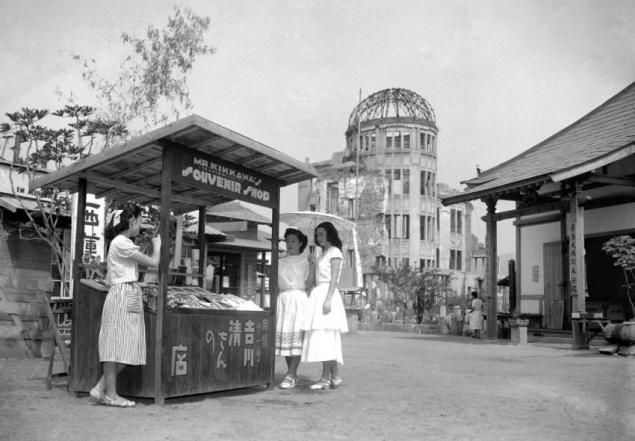
May Day riots in central Tokyo, May 1, 1952. Rocks, tear gas, all as it should.
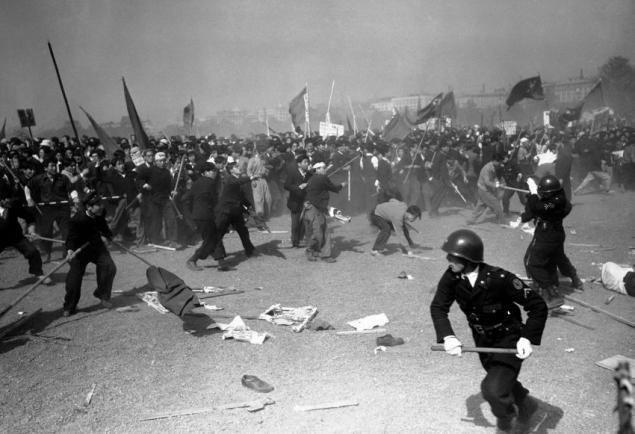
Make movies. Is preparing to shoot a battle scene in a Japanese documentary film that tells the story of the last day of the battleship Yamato, June 8, 1953.
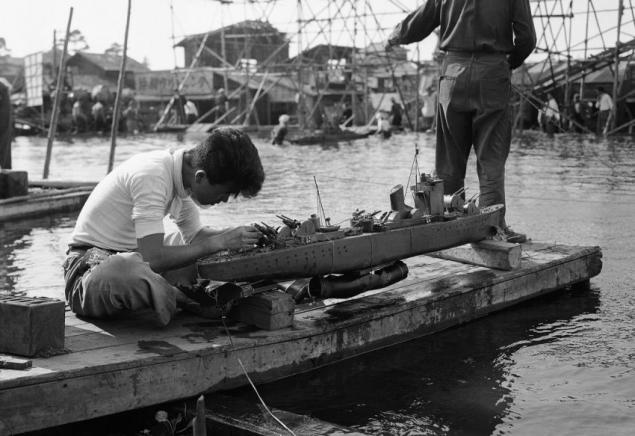
The film crew at work.
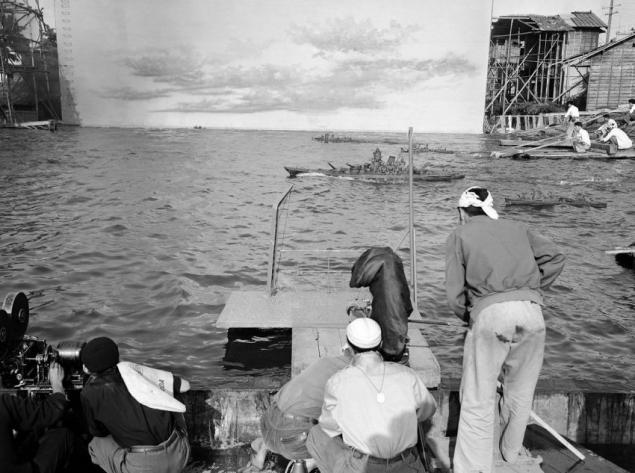
Model battleships. "Yamato" - the type of battleship of the Japanese Imperial Navy during World War II. The largest battleships in history.
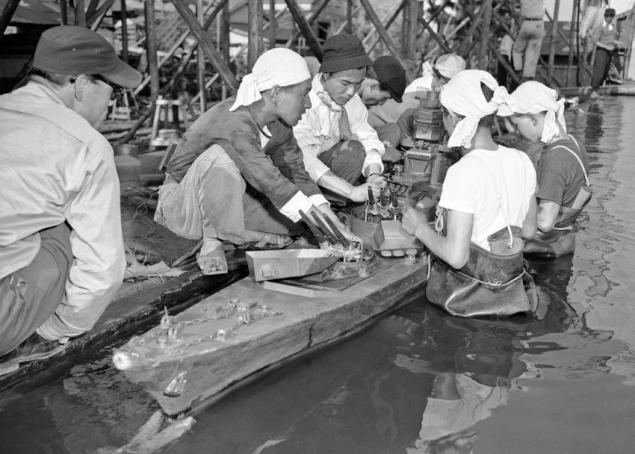
Spectators at a baseball game in Tokyo, June 1, 1954.
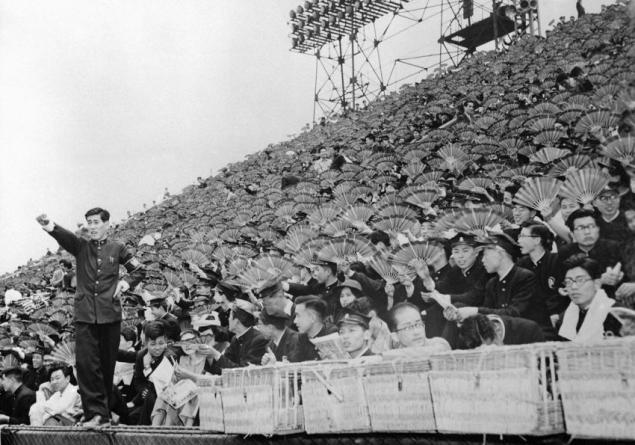
Opening of the TV Tower in Tokyo - the highest in the world of steel structures (332, 6) at the time of construction, March 26, 1955. By the way, the top of the tower antenna was bent March 11, 2011 as a result of the devastating earthquake.
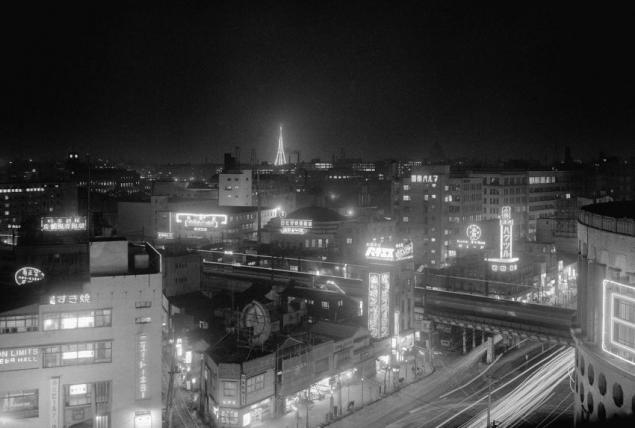
45 The operator removes the new Japanese Cabinet in Prime Minister's residence in central Tokyo, December 17, 1954.
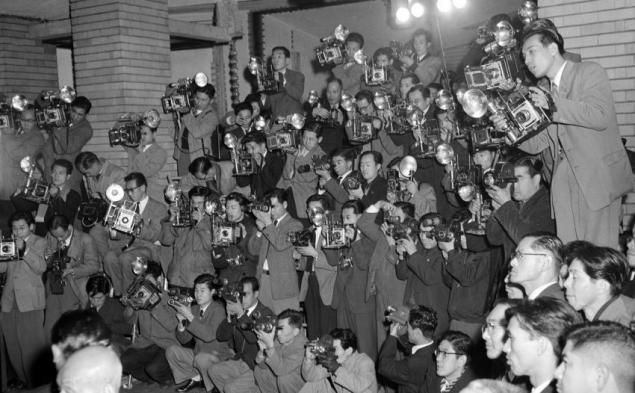
Japanese nurse in Hokkaido during exercise October 20, 1955.
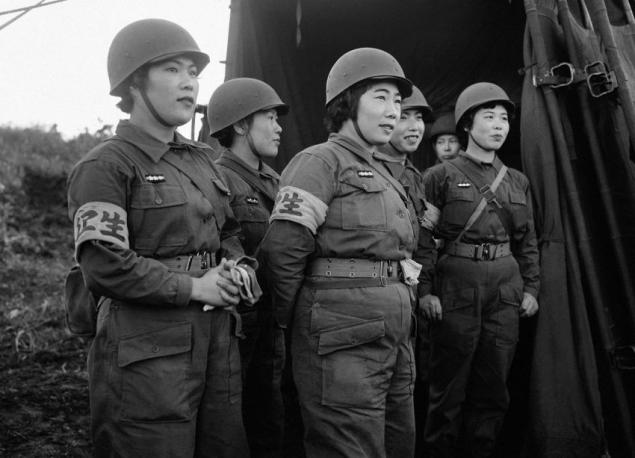
Panorama of Tokyo, August 5, 1955.
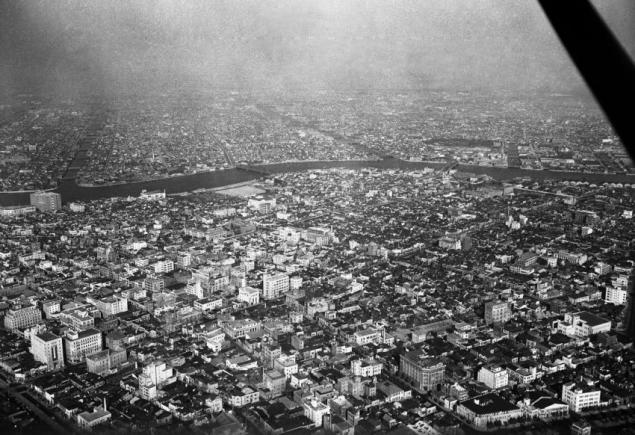
The action of protest in Tokyo against the planned British hydrogen bomb test at Christmas Island, May 1, 1957. Protesters carry the fungus "hydrogen bomb».
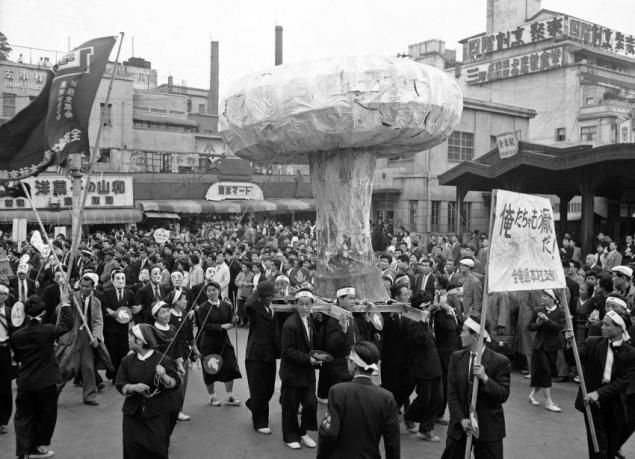
Teachings of soldiers in Japan May 22, 1957 in samurai style.
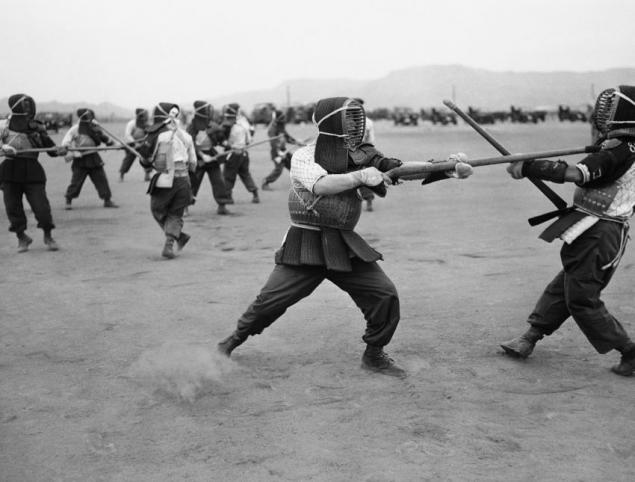
Buddhist monks march at the opening ceremony of the memorial to the victims of World War II, Kyoto, Japan, May 11, 1958.
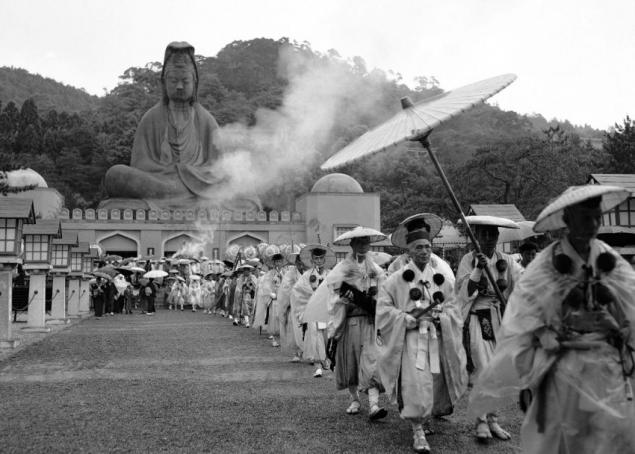
Rehearsal dance group in the theater in Tokyo, July 11, 1958.
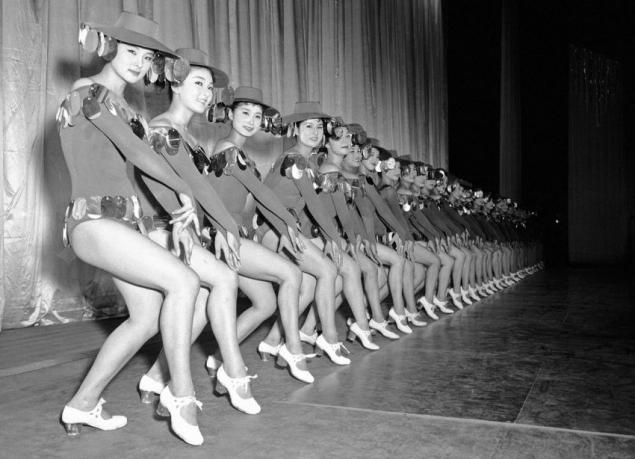
Frenzy fans of the singer in the style of Elvis Presley Mickey Curtis, Tokyo, Feb. 18, 1958. Japan keen rock and roll.
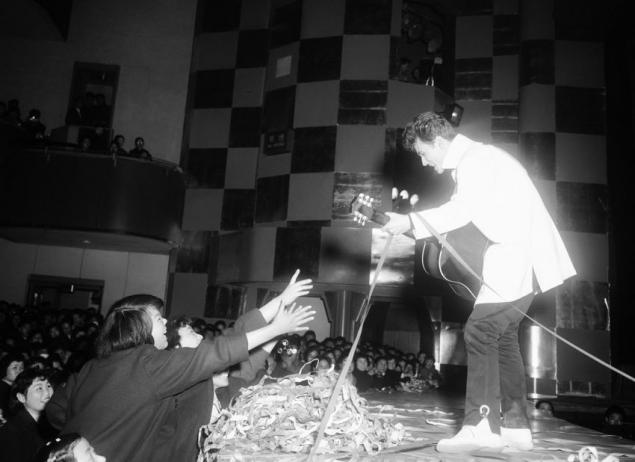
In these times of about 99% of TV shows in Japan are American, July 7, 1959.
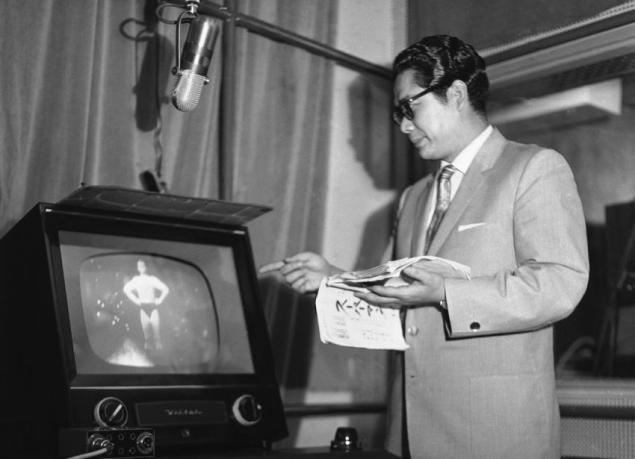
Rush hour in Tokyo. Specially trained people tamped passengers in cars.

Company Sony start mass production of portable handheld TV Tokyo on January 5, 1960. The battery lasts for 3 hours.
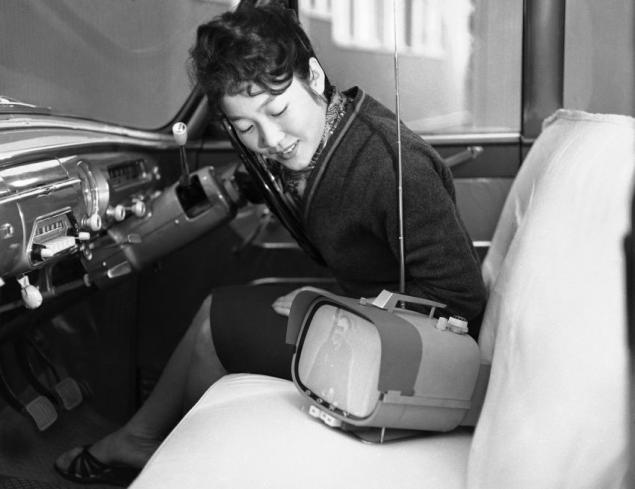
After World War II, Japan became involved in golf.
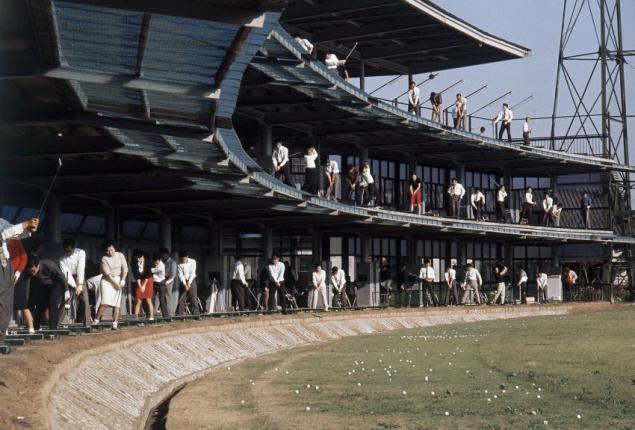
Mount Fuji, the view from a passing train. Gore has an almost perfect conical shape and is considered sacred for centuries been a popular theme in Japanese art.
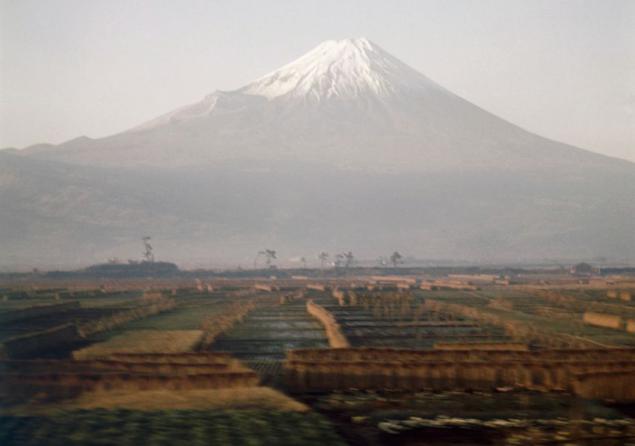
Source: avaxnews.net
I suggest you to plunge into the atmosphere of the 50s of the last century in Japan. It took years to rebuild the country by thousands of air raids, including the atomic bombings of Hiroshima and Nagasaki.
Japanese maneuvers with American weapons and American tank near Tokyo, May 15, 1957.

The name "hulahup" is derived from the name of the Hawaiian hula and the English word hoop. By the way, in the Soviet Union hulahup appeared in the early sixties, although at first it did not welcome here, calling the symbol of emptiness of American culture.

Former Japanese prisoners of war, are the remains of their friends who had died while in detention, April 26, 1950.

American bombers B-26 "Marauder" in Japan, September 20, 1950.

Factory for the cultivation of pearls, Ise Peninsula, October 12, 1949.

Tokyo department store and fashion models advertise bathing suits, June 5, 1950.
The influence of the United States: a show a baseball game in Japan on October 20, 1951.

Souvenir shop in Hiroshima, August 3, 1951. Six years ago this place exploded an atomic bomb dropped by the Americans.

May Day riots in central Tokyo, May 1, 1952. Rocks, tear gas, all as it should.

Make movies. Is preparing to shoot a battle scene in a Japanese documentary film that tells the story of the last day of the battleship Yamato, June 8, 1953.

The film crew at work.

Model battleships. "Yamato" - the type of battleship of the Japanese Imperial Navy during World War II. The largest battleships in history.

Spectators at a baseball game in Tokyo, June 1, 1954.

Opening of the TV Tower in Tokyo - the highest in the world of steel structures (332, 6) at the time of construction, March 26, 1955. By the way, the top of the tower antenna was bent March 11, 2011 as a result of the devastating earthquake.

45 The operator removes the new Japanese Cabinet in Prime Minister's residence in central Tokyo, December 17, 1954.

Japanese nurse in Hokkaido during exercise October 20, 1955.

Panorama of Tokyo, August 5, 1955.

The action of protest in Tokyo against the planned British hydrogen bomb test at Christmas Island, May 1, 1957. Protesters carry the fungus "hydrogen bomb».

Teachings of soldiers in Japan May 22, 1957 in samurai style.

Buddhist monks march at the opening ceremony of the memorial to the victims of World War II, Kyoto, Japan, May 11, 1958.

Rehearsal dance group in the theater in Tokyo, July 11, 1958.

Frenzy fans of the singer in the style of Elvis Presley Mickey Curtis, Tokyo, Feb. 18, 1958. Japan keen rock and roll.

In these times of about 99% of TV shows in Japan are American, July 7, 1959.

Rush hour in Tokyo. Specially trained people tamped passengers in cars.

Company Sony start mass production of portable handheld TV Tokyo on January 5, 1960. The battery lasts for 3 hours.

After World War II, Japan became involved in golf.

Mount Fuji, the view from a passing train. Gore has an almost perfect conical shape and is considered sacred for centuries been a popular theme in Japanese art.

Source: avaxnews.net
